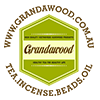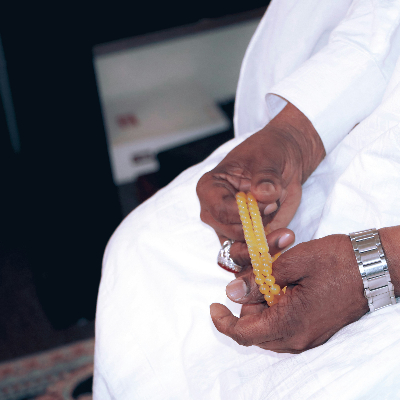Menu
-
-
F.A.Q
- How to identify genuine agarwood chip, natural or cultivated
- How to identify oil injection / absorption fake agarwood beads
- How to know if there are more than one oil in your oil
- How to make your wood bracelet or mala darker
- How to tell if an Agarwood bead sinks WITHOUT sinking it under water?
- How does back flow incense work and how do you burn it?
- Where to start if you don't know what agarwood is ?
- Why are you losing money if you buy seeds and plants?
- Which agarwood incense should I choose?
- Frequently Asked Questions
- Agarwood Related Articles
- Shipping
-
SHOP - Agarwood
-
SHOP - Other Fragrant Wood
-
SHOP - Incense Holder and Burner
-
- FREE Oud Oil guide
- Testimonials
- "Why did you buy this?"
- Contact us
- About Us
- +61430284329
- Login
-
English

Case study: Agarwood Beads, Tree, Chips Review Requests from emails, texts.- Update when there is a new request
February 03, 2017 3 min read
Click here for guidance only on how to identify agarwood beads.
Request for review is no longer available as it seems people "take advantage" of it.
29/03/2017: The "so-called" agarwood beads
Suppliers often contact us to sell their agarwood to us. Below are the log and the finished product. Needless to say, this is not agarwood.
The appearance of this log is not the same as with genuine agarwood log, especially the resin distribution. It is a different species to Aquilaria
There are some unusual white areas in the so-called “agarwood” beads which may result from pressure pressed or glued from a different type of wood.
06/03/2017: The "mixed" beads

The buyer asked us to give out the opinion about this "genuine" agarwood bracelet.
The first question I asked:
- "How much did you pay for?"
-"$1400 USD" was the price tag but when I offered $500 the seller agreed
Immediately, the alarm bell rang as this was way overpriced.
Anyway, after reading the blog, the buyer decided to do the unthinkable: CHOPPED THE BEADS in half (we did it on our blog). Doing it is excellent, but ultimately, there is no refund as you damaged the bracelet.

The above individual bead showed that the oil was pressed into the bead. The pattern was straight and unnatural. The White Wood is clear and the "oil" was not part of the bead. It is a result of outside impact.
To illustrate our point, please see our genuine bead

The colour was consistent inside out — nice aged agarwood beads.
Through magnifying glasses, the genuine agarwood bead showed ducted oil vein and resin

We have circled them for you to have a closer look
After comparing our genuine beads vs the "seller"'s beads, it is quite clear that the beads were pressed with oil. It might be genuine beads but young and not worth $500 USD
6/2/2017: The Dalmatian beads

At first, it looks very odd, especially if you look at it without the background. It has an unusual pattern of infection. Although it may not be pleasant to the eye to someone, these are agarwood beads. It is the way of nature, the pattern of infection. Like it or not, it is still genuine agarwood beads.
6/2/2017: The "Zebra" beads
This was made from a different type of tree which is NOT Aquilaria. The darker park is not infected, but it was part of the heartwood hence the darker colour. Notice the pattern was evenly distributed.
Due to limited pictures supplied by one of the customers, it is not possible to show these beads at different angles. However, if you look closely, it is quite certain that these are not agarwood beads.
04/02/2017: The agarwood logs?
Is this agarwood?
A)
Please compare to one of the cultivated Aquilaria below.
The way of infection and wood fibre is different.
Answer: The image A is not agarwood
03/02/2017: The buaya beads
We have received an email asking to review the above items claimed as "agarwood beads" one sinking and the other not.
Immediately, you could tell these are NOT agarwood beads but Indonesia "BUAYA" which is nice but was sold at a much higher, agarwood price.
BUAYA is abundant and they are not Aqualaria Species. The wood itself is hard enough to sink. There is no infection to create its wood pattern; they are grown this way. The below is raw material BUAYA (known as crocodile agarwood as it grows close to the water area). The wood itself has a muddy and woody aroma. Perfect for making beads. They are NOT agarwood

Leave a comment
Comments will be approved before showing up.
Also in News

What is Tasbih? The Deep Meaning of Subhan Allah and the Role of Prayer Beads
November 09, 2025 4 min read










